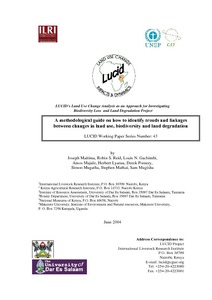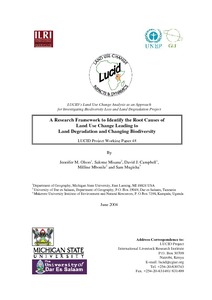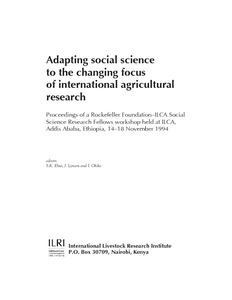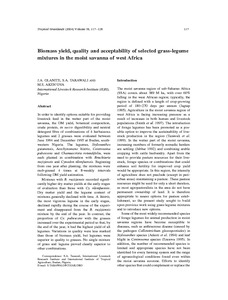Acción colectiva y derechos de propiedad para el desarrollo sostenible
Las instituciones de acción colectiva y los sistemas de derechos de propiedad moldean la forma en que la gente usa los recursos naturales.A su vez, estos patrones de uso afectan los resultados de los sistemas de producción agrícola de la gente.










